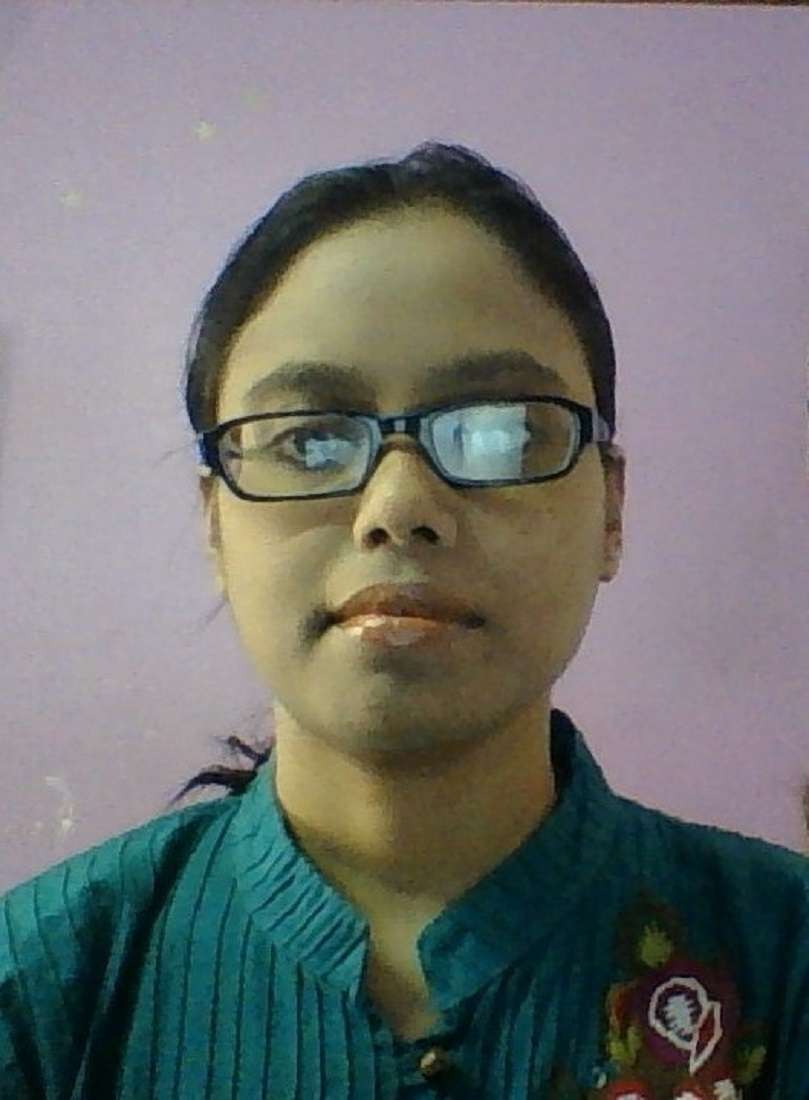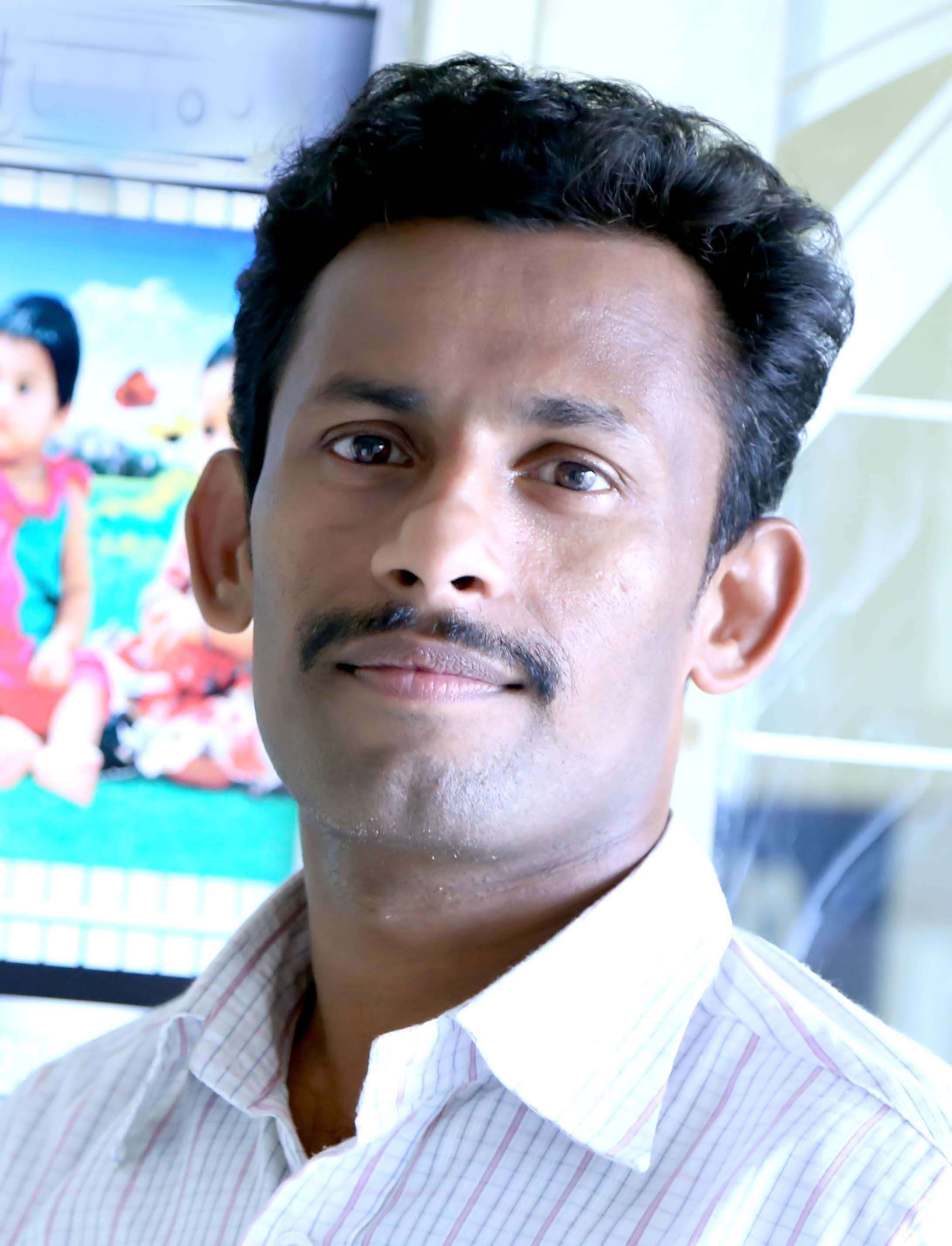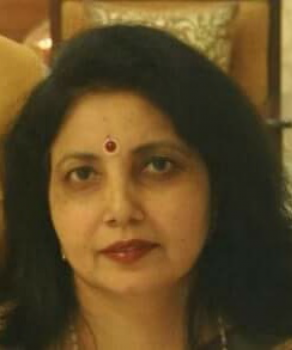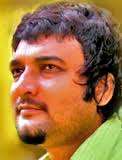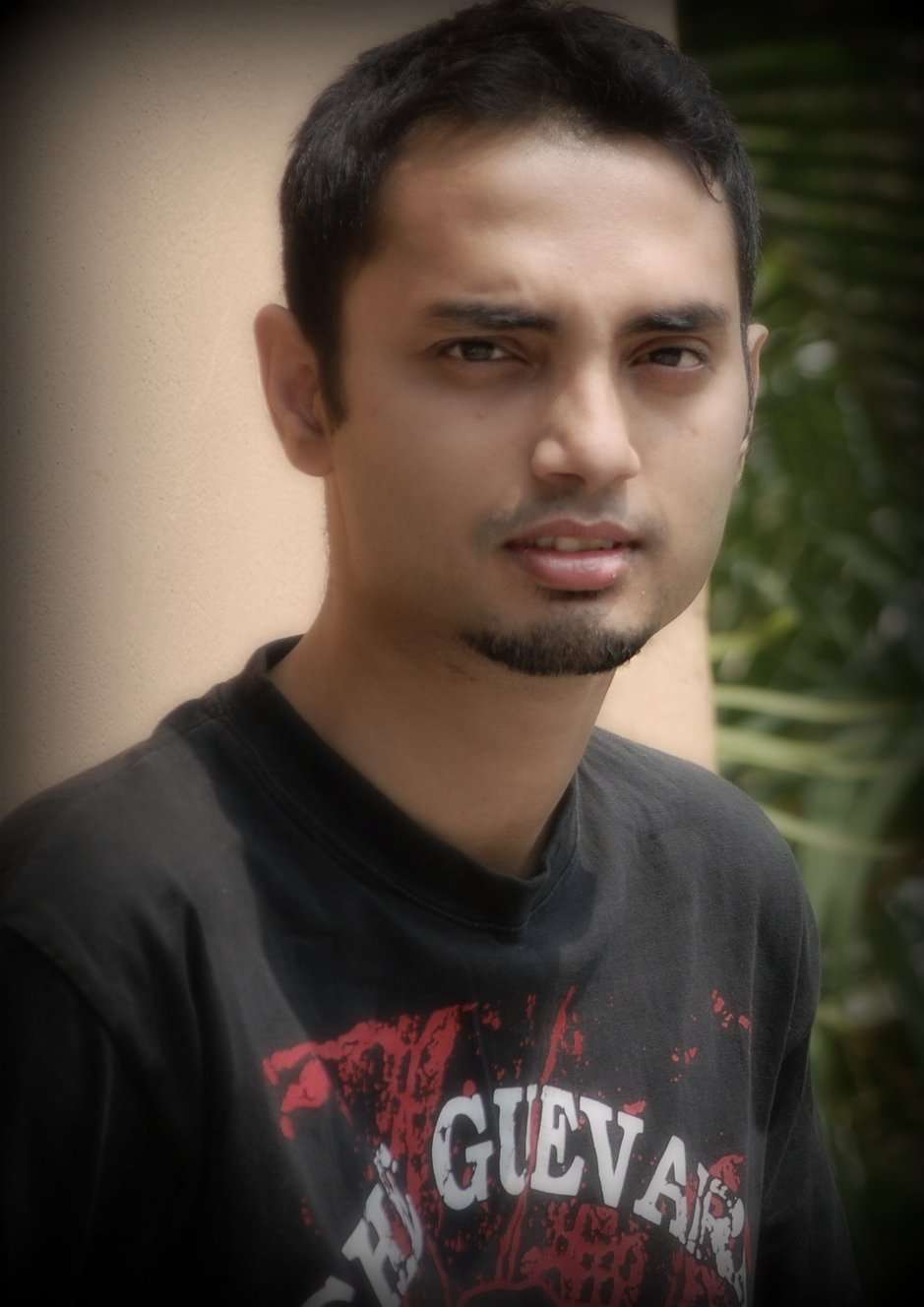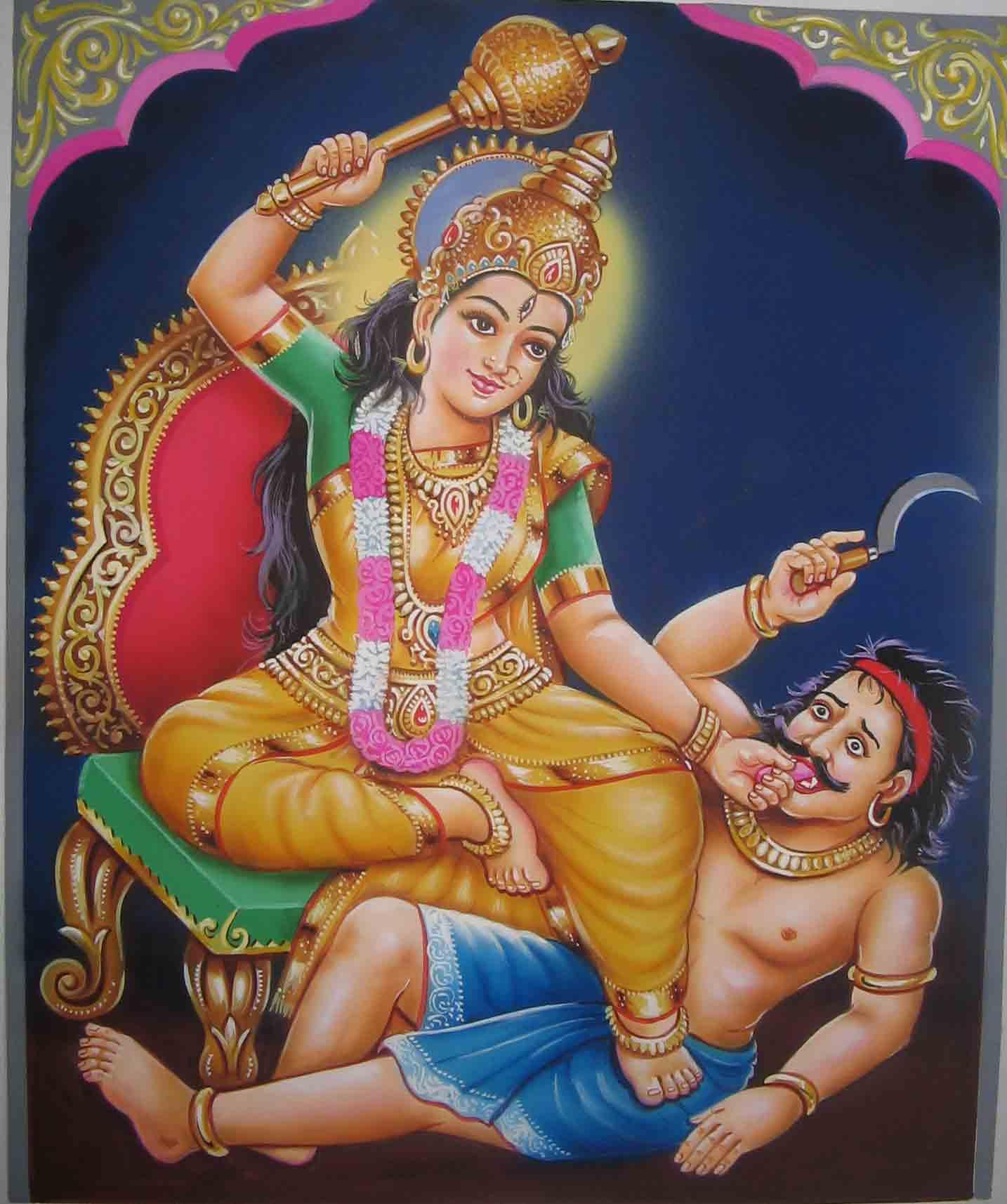Heritage is something that is passed from one generation to others. It can be an art, tradition, cultural beliefs, or religious values.
India, being a centre of diverse cultures and ethnicities somehow has more than one legacy in each of the respective fields.
Especially regarding Indian art, the rich heritage of the country plays a vital role.
It is being estimated that the oldest form of Indian paintings dates back to 5000 years old. Means from thousands of year, Indian art has travelled across generations of generations.
Today also, paintings and sculptures are considered as precious gifts of Indian art heritage.
The pure essence and grace of these paintings style offer a satiating effect on the observers.
However, this blog will showcase the connection Indian heritage holds with the art culture. Let’s take a look:
The Indian Paintings and the Festivals
Festivals are the occasions when people of a community come together to celebrate and create unforgettable memories.
In India, a festival is a time to meet friends, relatives, and laud the occasion in numerous ways.
Now, how do Indian paintings come into all this?
Well, since the beginning of Indian art, artists have somehow dot a connection between the paintings they craft and the Indian culture.
Like, if you witness the festival of Holi, you would know that paintings of Radha Krishna playing colors are a common gift for the loved ones.
Paintings in India are considered more than a creative piece of art. People tend to make a spiritual connection with these paintings.
Traditional paintings such as Madhubani, Mughals, Mewari, Pahari, Gond, and so on are most famous during the festival of Holi.
Another example would be the popularity of Tanjore Lakshmi paintings during the occasion of Diwali.
Diwali is considered as a festival when good triumph over evil. The significance of this festival is the return of Lord Rama after rescuing his wife Sita from Lanka after 14 years to Ayodhya.
The residence of Ayodhya then lighted ‘diyas’ (lamps made of clay) using ghee to rejoice the epic moment. Since then, it is a practice.
Even during the Mughal dynasty, Indian & Persian culture blend with each other beautifully to celebrate the occasion of Diwali.
Along with this, festivals such as Ganesh Chaturthi, Eid-ul-Zuha, and Christmas also have an inevitable connection with Indian art. As I said, India with its diverse culture has been able to captivate art in every direction.
The Indian Paintings and the Religions
It is true that India has sheltered and welcomed all sort of religions and culture. That is the greatness of this amazing nation.
Now, Indian artists have continuously fused art with the other culture.
Let’s first start with Hinduism. You can obviously see the depiction of the Hindu deities in different paintings such as Madhubani, Rajput, Tanjore, and so on.
Then comes Buddhism. Buddhist art was introduced in India during the 5th century BC. Apart from the epic relics, Buddhist art also gave aniconic symbols reflecting the teaching of Buddha.
Also, you can always visit the caves of Ajanta and Ellora to witness the beauty and charm of the paintings depicting the life of Buddha.
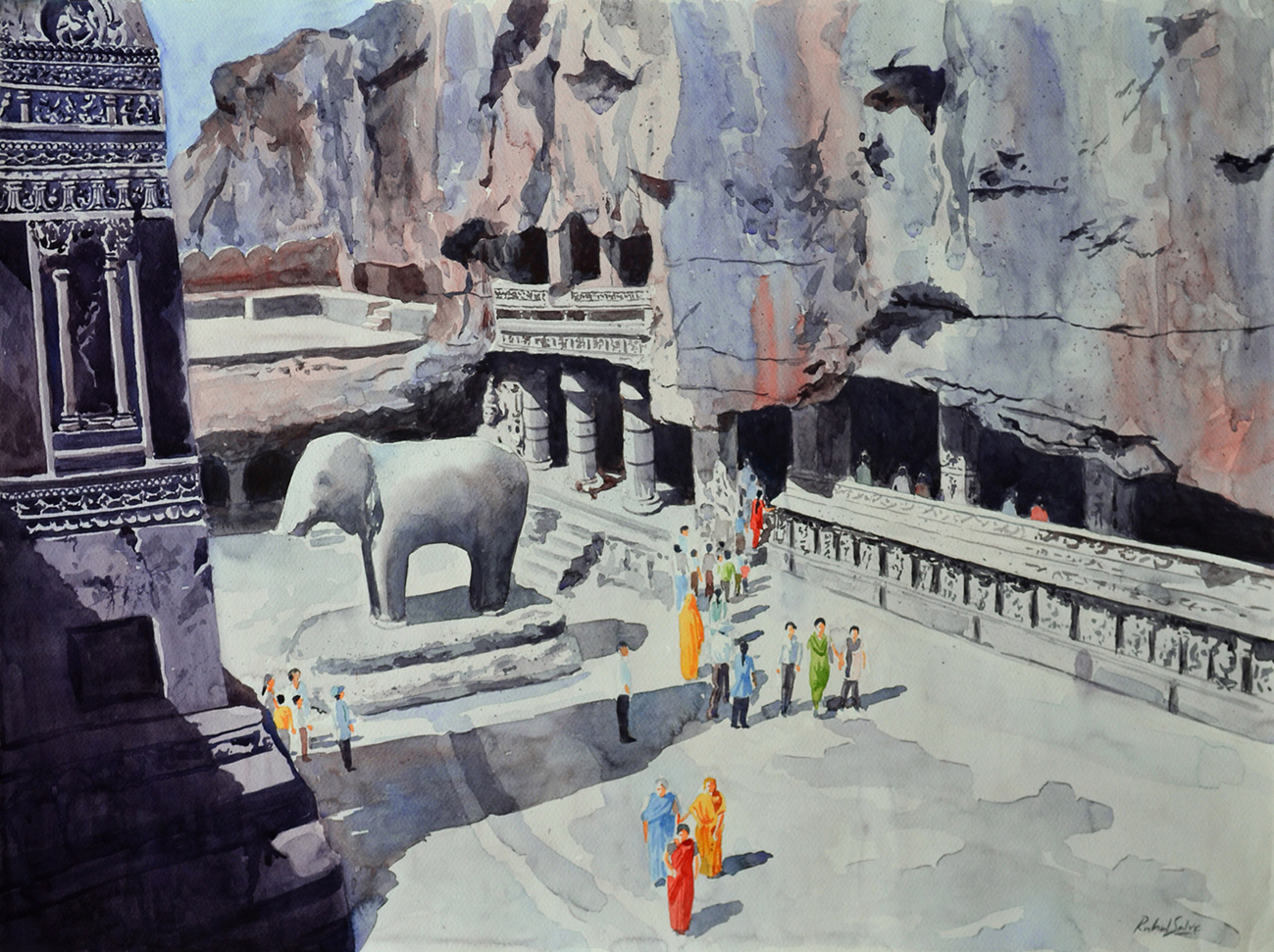
Like when Mughals came to India, Islam was introduced to India. Although Mughal rulers were considered ruthless and barbaric, their love for art was not hidden.
Almost all of the kings had this affinity towards art. They brought Persian painters along with them to work with the Indian artists and produce some magnificent pieces of art.
You can look at the Mughal paintings online and see how aesthetically appearing these artworks are.
Similar to this, when the British came to this nation, they try to push the academic art style, which was not welcomed by the Indians majorly because of the colonial rule.
But, there were artists such as Raja Ravi Varma, who fused western style of paintings with an Indian sensibility.
During the struggle for independence, several artists pour their nationalist emotion onto the canvas.
Post-independence, a wave of contemporary art combined with abstraction has overtaken.
Read More: Exploring the Different Forms of Indian Heritage Art
Final Takeaway
The Indian art & heritage are correlated with each other in a poetic way, where one gets influenced by the other and vice versa.
Artists in India has ensured to paint the Indian legacy in conformation with the cultural epics, religious beliefs and mythological tales in a dazzling manner.
If you think we might have missed some significant aspects, please let us know in the comment section. Thanks!











